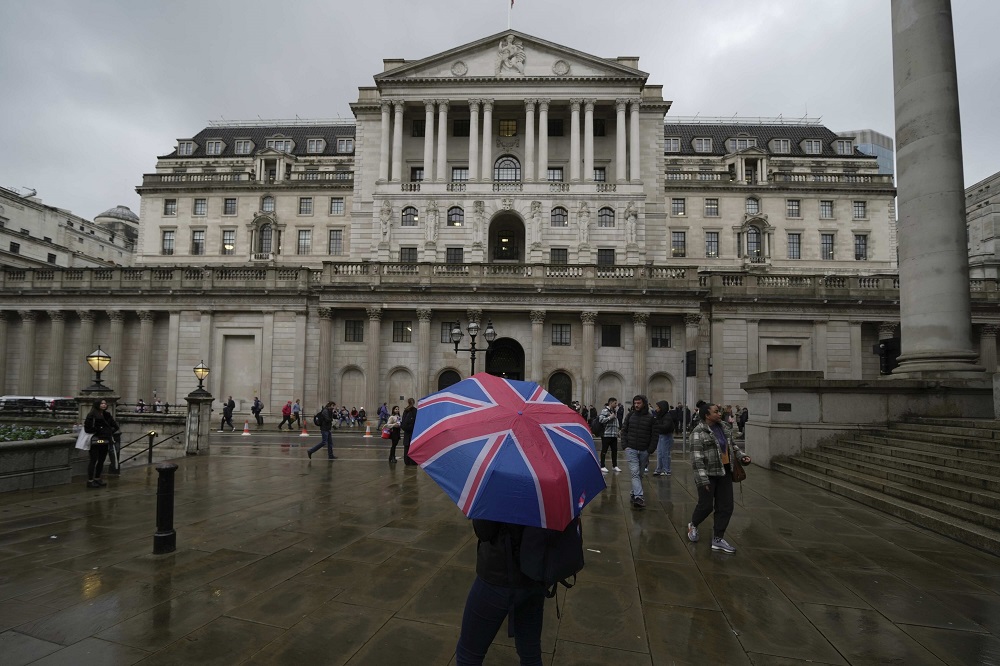Most central banks remain in easing mode
While most G10 central banks remain in easing mode, it is clear that the path to lower rates is becoming a little trickier.

The Bank of England kept rates unchanged
We continue to look for more rate cuts from the likes of the US, euro zone, UK, Canada, Australia, New Zealand, Sweden and Norway. Only the BoJ is set to hike, while the SNB is seen leaving rates unchanged, although these are already down to the zero level. But while the rate cuts should keep coming, it is clear that the easy part is over. The Fed showed some hesitation about future rate cuts at last week’s meeting. The ECB seems to think that policy easing might be done. And the Bank of England would like to cut but inflation is quite elevated.
Steven Barrow, Head of Standard Bank G10 Strategy believes that economic momentum is sufficiently weak that inflation will not inhibit further rate cuts outside the US, while, for the Fed, there’s not just the dual mandate of full employment to help bring rates lower but political factors as the Trump Administration lines up a new Fed Chair.
Last week’s claim by current Fed Chair Powell that a December rate cut is not a foregone conclusion is clearly a statement of fact. Rate decisions are rarely a foregone conclusion unless, that is, the economic outlook is crystal clear and the central bank has been explicit in suggesting that a rate change looms at the next meeting. These conditions are rarely achieved, and they are certainly not in place now. How can the Fed be crystal clear about the economic outlook when it cannot see government-generated economic data given the shutdown?
So, the December decision is up in the air. The market sees the chances of a 25-bps rate cut as around two-in-three as opposed to the 100% certainty before Powell spoke last week. Many analysts still believe that rates will be cut in December. But by continuing rate cuts into next year as well they do feel that the Fed is further ingraining above-target inflation into the economy. The Fed has missed the 2% PCE price target for four-and-a-half years now.
Can it keep doing this and expect inflation expectations to stay anchored? Evidence over these past four-and-a-half years suggest that the answer may be ‘yes’ for the 5-year forward staring 5-year inflation swap has not deviated too far from target and, as long as that’s the case we suspect that the Fed will continue to focus more on the employment side of its mandate and cut rates. Market pricing is likely to stay focussed on the Fed getting rates down to the 3% region, in part because the new Fed chair from next May will prompt a move to this level if it has not already been achieved by Powell.
In short, the market will see it as a fait accompli. But if this is the case, what of the bond market? Can longer-term yields slide in line with lower policy rates? They have not so far in this easing cycle and the future will be any different. In fact, the danger in ingraining inflation expectations that are above the target is that longer-term yields rise, and that’s one reason why Steven Barrow thinks that 5% 10-year treasury yields are more likely in the future than 3%.
Although the Fed threw the market a bit of a curveball last week, it still cut the policy rate 25-bps as anticipated. The market was clear beforehand that the Fed would cut at the meeting. On last Thursday, the Bank of England kept rates unchanged. Actual inflation data has come through lower than the BoE has expected, and the economic outlook still appears very shaky, not least because the Chancellor is lining up large tax hikes and spending cuts in the November 26th budget.








